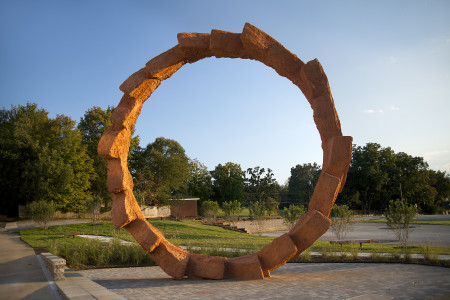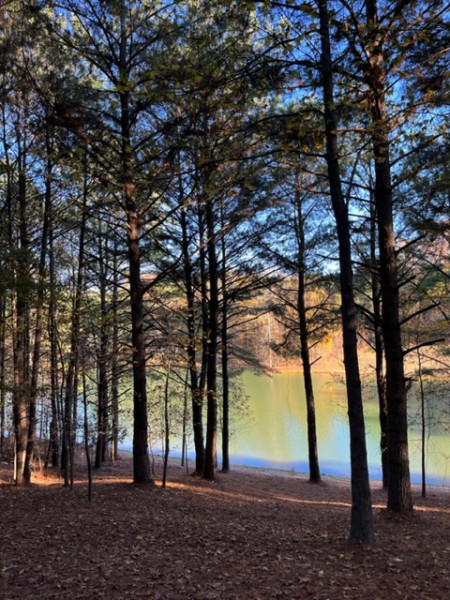April showers bring May flowers, and they also bring... mushrooms! Everything is coming up roses as well as fungi, especially at Splinter Creek. Spore-bearing mushrooms of all shapes, sizes and colors adorn the forest floor on our property.
While foraging for edible mushrooms can bet a fun way to add local flavor to a dinner dish, you don’t have to eat them to enjoy the colorful array of these non-flowering plants.
"Living in Mississippi provides so much opportunity to enjoy real wild mushrooms," says Jason Hoeksema, a biology professor at the University of Mississippi. "It is a great way to enjoy getting outside — alone, with a friend, with kids, with your dog — for exercise, relaxation, or stimulation. It is a real, wild treasure hunt, and the prize is something beautiful to observe and maybe delicious to eat."
If you're interested in the art of mushroom identification, Hoeksema says all you really need to get started are some woods to walk around in. There are mushrooms growing in Mississippi's woods 365 days a year. Study what you find, taking note of its shape, size, texture, and color. Notice where it is growing: Is it on a standing dead tree, a downed log, or growing out of the soil? Is it growing on pine or hardwood? Is it under oak, hickory, green ash, sweetgum, pine, or a mixture of trees?
Hoeksema cautions not to eat a wild mushroom without first confirming it with an expert, who you can find at extension office. Or he suggests Michael Kuo’s mushroom identification website as an online resource. Hoeksema says there are many edible wild mushrooms in Mississippi, but a few that particularly common and fairly easy to identify include chanterelles, puffballs, and chicken-of-the-woods.








